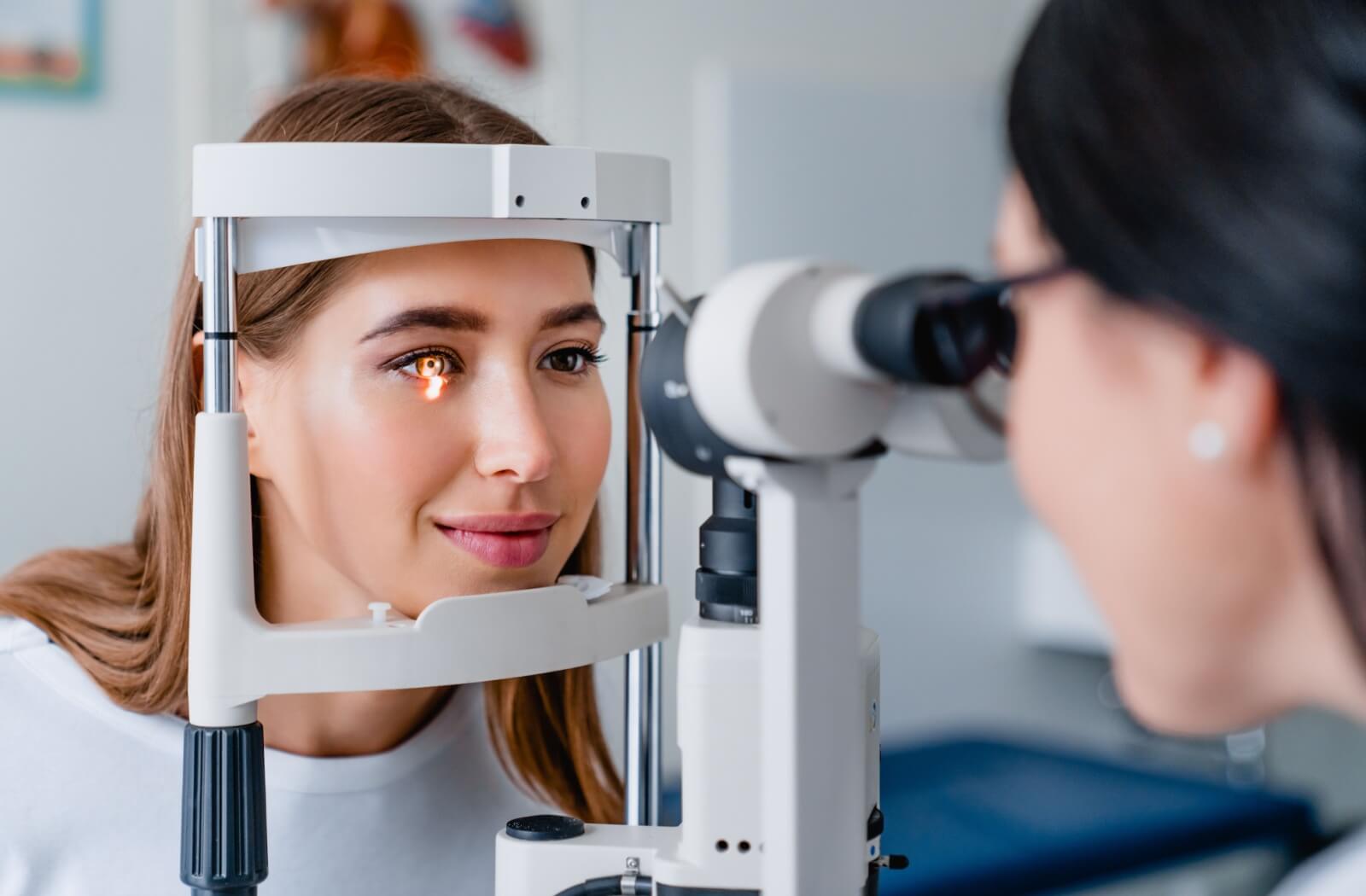Featured
Table of Contents

Routine eye exams are important for preserving excellent vision and detecting prospective eye health and wellness concerns early. However, the regularity of these tests can differ significantly based upon a person's age, way of living, and overall health and wellness. Understanding the suggested routine for eye tests can help ensure that individuals of every ages obtain ideal treatment and tracking for their eye health.
Newborns and Toddlers (0-2 Years)
For kids and infants, eye exams are critical for detecting any type of potential vision problems at an early stage. The American Academy of Ophthalmology suggests that a youngster's first eye exam should take place at around 6 months old. Throughout this first check out, the eye treatment professional will certainly analyze the youngster's aesthetic development and look for any evident eye concerns.Following this initial exam, it is recommended that youngsters have an additional eye examination at age 3. This check out will certainly concentrate on examining the child's overall aesthetic function, consisting of eye placement and the ability to track objects. If no issues are detected, the next test ought to be set up before the kid starts college, normally around age five or six.
School-Aged Children (6-18 Years)
As soon as children reach college age, regular eye tests must be scheduled every one to two years. Vision is essential for discovering and growth, and numerous colleges conduct vision testings. These testings do not replace a comprehensive eye examination by an eye care specialist.For youngsters entailed in activities or sports needing considerable aesthetic focus, annual eye exams might be recommended. Additionally, if a child exhibits indications of vision troubles-- such as problem reviewing, squinting, or frequent migraines-- a check out to the eye doctor need to be arranged as quickly as feasible.
Young Adults (19-39 Years)
Young person commonly have fewer vision modifications than older age groups, but routine eye exams remain vital. The basic suggestion is to schedule an eye test every two years during this period. People with details danger elements-- such as a household history of eye illness, diabetic issues, or those who wear call lenses-- ought to take into consideration yearly eye tests.In addition, those that invest substantial time on electronic devices may experience digital eye strain. If symptoms such as dryness, tiredness, or blurred vision take place, it may be smart to see an eye care specialist earlier.
Adults (40-64 Years)
Adults aged 40 to 64 must set up eye exams every one to two years. Eye exams can additionally help detect various other usual age-related conditions such as glaucoma, cataracts, and macular degeneration.If individuals in this age have risk aspects such as high blood pressure or diabetes, they might need even more frequent exams to check their eye health and wellness closely.
Senior Citizens (65 Years and Older)
For senior citizens, normal eye exams become much more critical. The American Optometric Organization suggests that people matured 65 and older have an eye exam at the very least annually. Older adults go to a greater danger for different eye diseases, consisting of cataracts, glaucoma, and age-related macular deterioration. Early discovery and treatment of these problems can protect against vision loss and improve the quality of life.Conclusion.
Understanding the ideal routine for eye tests based on age is important for keeping optimal eye health throughout life. By sticking to these standards and seeking advice from with an eye treatment specialist, individuals can take positive steps toward protecting their vision and total health and wellness.Latest Posts
Discover Leisure at the Claridge Indoor Swimming Pool
Published Feb 09, 25
1 min read
The Boogaloo Sports Bar & Grill at FunCity Hotel Resort: Where Enjoyable Meets Taste
Published Feb 06, 25
2 min read
Furnishings Styles Overview
Published Jan 27, 25
0 min read